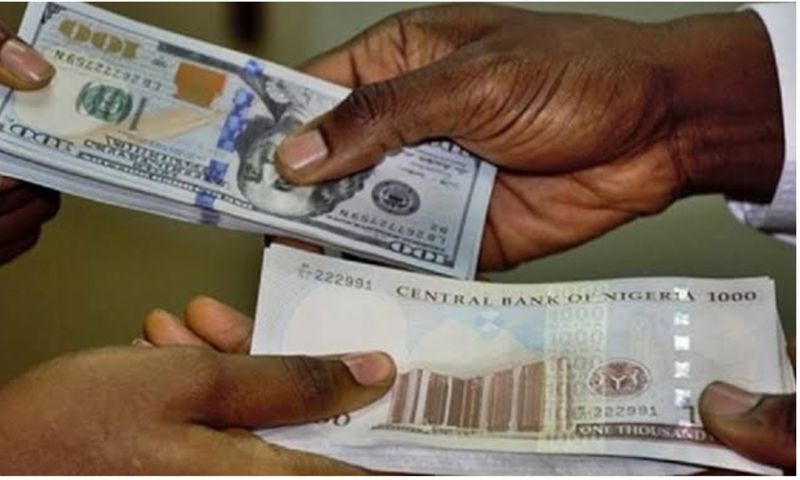1972–1975: General Yakubu Gowon
Exchange Rate: ₦0.658 – ₦0.61
)
1976–1979: General Olusegun Obasanjo (Military)
Exchange Rate: ₦0.62 – ₦0.59
)
1979–1983: President Shehu Shagari (Second Republic)
Exchange Rate: ₦0.55 – ₦0.72
)
1984–1985: Major General Muhammadu Buhari (Military)
Exchange Rate: ₦0.76 – ₦0.89
)
1985–1993: General Ibrahim Babangida (Military)
Exchange Rate: ₦2.02 – ₦21.90
)
1993–1998: General Sani Abacha (Military)
Exchange Rate: ₦21.90 – ₦84.70
)
1999–2007: President Olusegun Obasanjo (Democratic Era)
Exchange Rate: ₦90 – ₦125
)
2007–2010: President Umaru Musa Yar’Adua
Exchange Rate: ₦120 – ₦154.80
)
2010–2015: President Goodluck Jonathan
Exchange Rate: ₦165 – ₦300
)
2015–2023: President Muhammadu Buhari
Exchange Rate: ₦300 – ₦460
)
2023–2025: President Bola Ahmed Tinubu
Exchange Rate: ₦460 – ₦1,609
)


